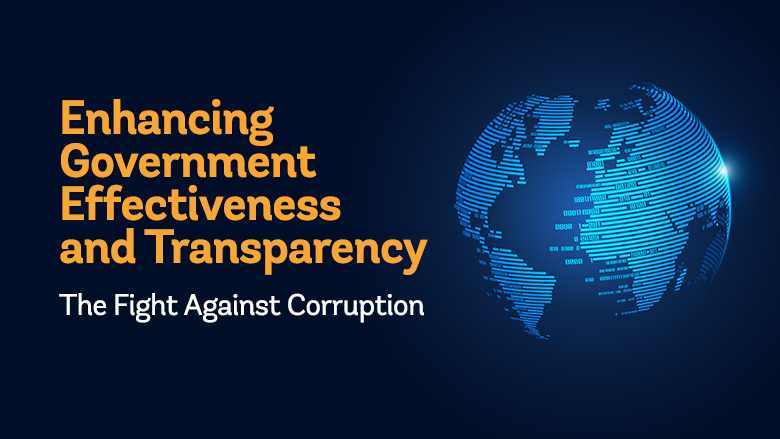Corruption has long been a pervasive issue in societies worldwide, undermining trust in institutions, hindering economic development, and eroding the fabric of democracy. In response, numerous transparency initiatives have been implemented with the aim of increasing openness and accountability in both public and private sectors. However, the question remains: can transparency initiatives alone effectively combat corruption, or are additional measures necessary to ensure accountability?
Understanding Transparency Initiatives
Transparency initiatives encompass a range of measures aimed at increasing the visibility of decision-making processes and exposing corrupt practices. These can include freedom of information laws, whistleblower protections, open data policies, and public disclosure requirements for government officials and institutions. By shedding light on previously opaque transactions and activities, these initiatives seek to empower citizens, deter wrongdoing, and hold accountable those who abuse their positions of power.
The Potential of Transparency
Proponents of transparency initiatives argue that increased openness and accountability are essential tools in the fight against corruption. By making information more accessible to the public, these initiatives enable greater scrutiny of government actions and expenditures, making it more difficult for corrupt actors to operate with impunity. Furthermore, transparency can foster a culture of integrity and ethical behavior within organizations, as individuals are more likely to adhere to ethical standards when their actions are subject to public scrutiny.
Challenges and Limitations
While transparency initiatives hold promise, they are not without their challenges and limitations. One significant obstacle is the potential for backlash from entrenched interests resistant to greater transparency. Powerful individuals and entities may seek to undermine or circumvent transparency measures to protect their vested interests. Additionally, achieving meaningful transparency requires more than just the publication of information—it necessitates effective oversight mechanisms, strong enforcement of anti-corruption laws, and a commitment to institutional reforms.
The Role of Technology
Advancements in technology have transformed the landscape of transparency efforts, offering new tools and platforms for combating corruption. Digital platforms and data analytics can facilitate the detection of irregularities and patterns indicative of corrupt behavior, while blockchain technology holds the potential to revolutionize transparency in financial transactions and supply chains. By harnessing the power of technology, transparency initiatives can become more efficient, scalable, and resistant to tampering or manipulation.
The Need for Additional Measures
While transparency initiatives are a critical component of anti-corruption efforts, they alone may not be sufficient to root out corruption entirely. To effectively combat corruption, it is essential to complement transparency initiatives with additional measures aimed at addressing the underlying drivers of corrupt behavior. This includes strengthening legal frameworks, enhancing whistleblower protections, promoting ethical leadership, and fostering a culture of accountability within both public and private institutions.
Conclusion: Towards Comprehensive Anti-Corruption Strategies
In conclusion, while transparency initiatives play a vital role in combating corruption by increasing openness and accountability, they are not a panacea. To achieve meaningful progress in the fight against corruption, it is necessary to adopt a comprehensive approach that combines transparency measures with strong enforcement mechanisms, institutional reforms, and a commitment to ethical governance. By addressing the root causes of corruption and fostering a culture of integrity, societies can work towards building a more just, equitable, and prosperous future for all.
Is this content hitting the mark for you? If so, consider supporting my work—buy me a virtual coffee! ☕ Your support keeps the ideas flowing. Thanks so much! 🙏 Please Contribute via GoGetFunding




While transparency initiatives are a critical component of anti-corruption efforts, they alone may not be sufficient to root out corruption entirely.